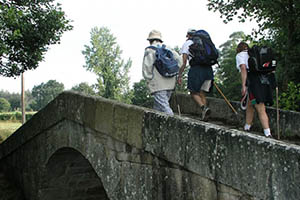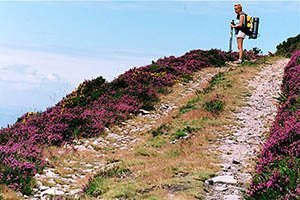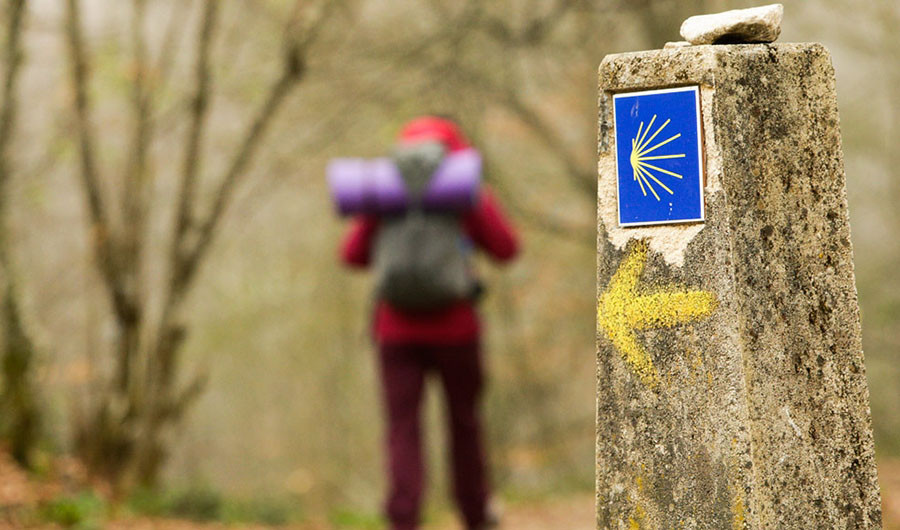If walking the Camino de Santiago is something you’ve always wanted to do, then consider the following points:
 When?
When?
The most popular time for walking the Camino is between Easter and October. The ideal times are Spring and Autumn, thus avoiding the hot months of July and August, when crowds are common, particularly in the final stretches of the Camino. If you decide to walk the Camino during these two months, it will be necessary to start early in the morning to avoid peak temperatures.
How?
The Compostela is the certificate issued to those pilgrims who arrive in Santiago on foot (having covered more than 100 kilometres), by bicycle (200 kilometres) or, as was once common, by horse (also 100 kilometres). Walking has many advantages, which is why it is the preferred means of travel for the vast majority of pilgrims. Travelling on foot allows the pilgrim to take their time and reflect as they go along. It is also more conducive to meeting other pilgrims and sharing your experiences. Moreover, the unhurried, reflective pilgrim also gets to fully appreciate the magnificent scenery on offer.
 Where To Start?
Where To Start?
In medieval times, pilgrims started their journey from their homes before joining the main routes to Santiago de Compostela. Today, there are several factors that determine the pilgrim’s preferred point of departure such as one’s availability, physical fitness, budget, or sense of adventure. The most common starting point is Sarria: From here, you get to walk the 100 kilometers required to obtain the Compostela in Santiago.
Another option is to complete the route by sections. In other words, you can dedicate one trip to one specific stretch; then, when it comes to your next trip, you can start at the exact point you finished your previous stretch.
In recent years, the Camino has experienced such growth and popularity that many pilgrims consider Santiago the starting point of another route—that is, the route that takes one to Finisterre, or “The End of Earth”.




Comments